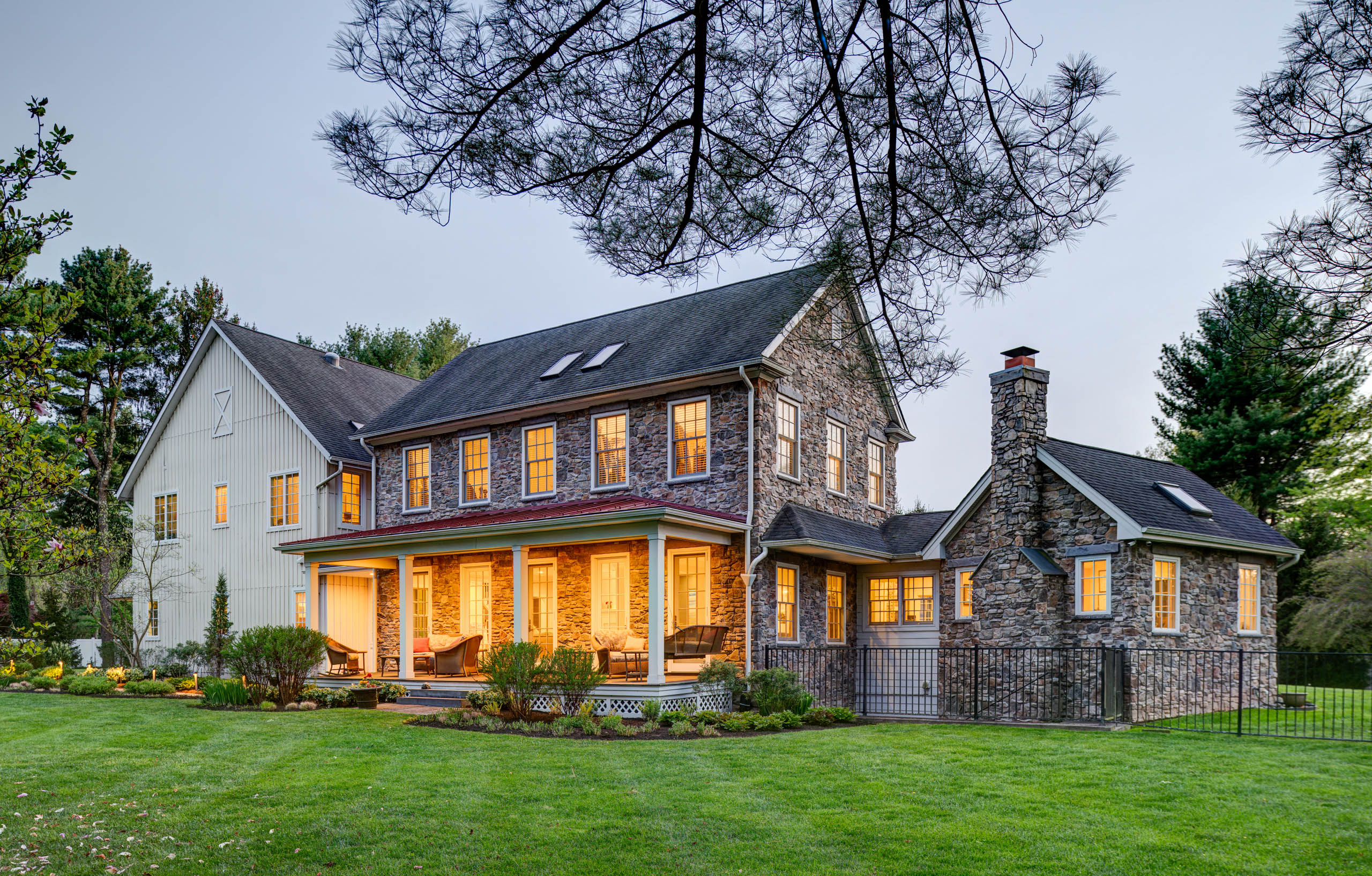Architects and builders often have contentious relationships. There are many reasons for this: both feel like advocates for the project owner, and both have differing but equally important responsibilities.
When you engage an architect to create a custom home, you will also engage a builder. As the owner, you have contracts with the architect and the builder. However, the architect and builder are not bound together by a contract. This can quickly become a double-edged sword. A good collaborative relationship between the two can lead to a smooth construction process. An adversarial relationship can lead to finger-pointing, delays, and higher costs.
Custom Home Architects and Builders: Relationships in Theory Versus Reality
In many cases, this adverse relationship stems directly from a lack of clarity. The architect designs, details, and specifies based on the owner’s wishes and requirements. The builder executes the project.
It is not unusual for actual execution to differ from theoretical drawings. There are both good and bad reasons for this; the drawings may be flawed, materials may not be available, so substitutions may need to be discussed, unforeseen field conditions may arise, or perhaps there was a mistake made during construction.
When these changes arise, it’s frustrating for both parties: the architect who put thought, experience and expertise into the design may not understand why the builder isn’t executing according to plan. The builder may feel like the architect is a bottleneck to moving forward with the execution. It doesn’t have to be this way — each role is vital for a reason.
Roles in Construction Contract Administration: Achieve Clarity Between Your Custom Home Architect and Builder
Having your architect fulfill the role of construction contract administration is a crucial step in ensuring quality construction. Your architect is not managing the construction. He or she is an observer and, hopefully, a confidante of the construction team. Essentially, the architect is the client’s advocate throughout construction. They ensure the integrity of the design intent on behalf of the client. It’s one part quality control and three parts collaboration. Clients pay the architect for this enhanced role to ensure their best interests are protected.
Without engaging the architect to administer the construction contract, the owner will bear the responsibility of working directly with the builder. The architect can collaborate with the construction team to expedite custom solutions leveraging their knowledge of the client, the construction documents, and design intent.
Without this commitment to collaboration, however, problems can quickly devolve into arguments and delays on the site. Blaming each other does not solve the problem and sometimes both parties can be right; however, both teams must be willing to move forward with quality solutions.
As a client representative, the architect is not a gatekeeper between the builder and client, but someone whose experience and opinions both parties respect. Collaboration between all three parties often results in greater client satisfaction, as they feel empowered in decision-making. The goal is to hand the keys to a happy client. The builder and architect can showcase it through their marketing and maybe even win an award.
Your Architect’s Perspective: How to Build an Ideal Relationship
During my career as an architect, I have found that relationship-building is one of the primary keys to success. This applies to the team of consultants you assemble but in many ways creating rapport with the build team is more important. The best approach is for the architect and builder to collaborate early and often to establish a solid foundation for their relationship. Projects can take years to complete, from the initial client meeting to final occupancy. Issues will arise. This way, when they do, they approach the solution as a team instead of pointing fingers. This will likely save time and headaches and serve the owner in the best way possible.
When done well, architects and builders will work together seamlessly and deliver stunning results. As the owner of the project, you can help facilitate this: Early collaboration in the design phase keeps expectations clear and puts everyone on the same page from the start. The owner and architect should start to assemble the build team at this time. Having regular meetings while creating the construction documents reduces the number of changes needed once the drawing package is complete.
How to Execute a Successful Custom Luxury Home Build
The key to success? Assembling the right team. Finding partners you can trust and that collaborate well together is the difference between a smooth project with exceptional results and a frustrating build with countless headaches and last-minute changes.
Learn more about our process and how we work with your build team to make projects efficient and enjoyable. Get in touch today.




